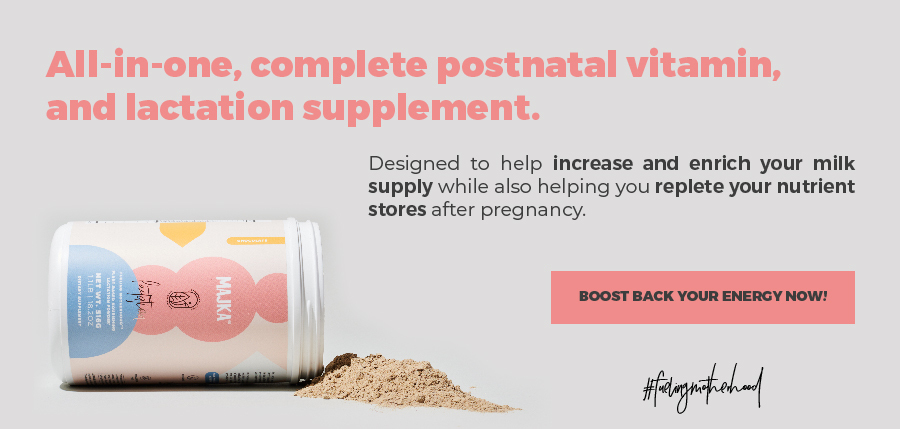
How to help your baby with Colic?
You’ve tried a diaper change, fed your baby, changed its clothes, gave your baby a bath, and naptime. Your baby is still crying. You want to help, but you don’t know what else you can do.Your baby may be experiencing colic!
In the following we will tell you about what colic is and what you can do to remedy it.
What is colic?
Colic may sound like a disease, but it isn’t. Colic is when a healthy baby cries for a very long time, often without reason. It is also defined as intense crying for more than three hours a day, a few days a week. It can last for more than three weeks. Other than the bouts of crying, your baby seems completely normal.
Some symptoms of colic are:
- Red or flushed face when crying
- Clenched fists
- Arched back
- Knees being pulled up to tummy
- Crying episodes tend to be predictable, especially in the evening.
- Burping often or passing a lot of gas (from swallowing air while crying).
How do babies get colic?
The exact cause of colic isn’t discovered yet.
Doctors say it may be caused by a stomach cramp. It is also said that babies may have a more difficult time digesting food when they are very little, as their digestive system isn’t fully developed.
Colic may also be caused by abdominal pain, imbalance of healthy bacteria, overfeeding or underfeeding, early forms of migraine, reflux, or an emotional reaction.
There isn’t a specific known risk for colic, as any baby can get it.
Colic episodes may peak when the baby is 6 weeks old, often lessening by the time they are 3 to 4 months of age.
How to avoid and treat colic
Although having a colicky baby can be very stressful for parents, the good news is that colic does not represent an underlying health problem and fades away with time.
Although there isn’t a specific risk or cure that has been found for it, here are some things that you can do to try to avoid and treat colic:
- If you’re feeding your baby with a bottle, use a curved bottle. This allows you to hold your baby in an upright position.
- If breastfeeding, check that your baby has a good latch.
- Burp your baby often to reduce the amount of air that he/she swallows while feeding.
- Avoid allergenic food intake if you are breastfeeding
*Always keep your healthcare provider informed regarding any health subject.
How to soothe my baby when he/she has colic?
Once you get to know your baby, you start to identify the reason why he/she cries. It’s important to make sure that the crying isn’t caused by a form of discomfort: baby is hungry, sleepy, or in some kind of physical discomfort.
Once you know it’s colic, you can try different things to soothe your baby. Keep in mind that each baby is different, so a remedy that worked for someone else may not for your baby . Here are some ideas that may help you to soothe your baby:
- Remember that your baby isn’t constantly crying for no reason. He/she is uncomfortable and can’t get comfortable. Try different remedies and see what works for you and your baby.
- Show your baby some love: hold, cuddle, and/or talk to him/her
- Sing to your baby
- Give your baby a gentle massage
- Change his/her position to one where he/she seems more comfortable
- Go for a car ride
- Try relaxing sounds like a heartbeat or a rhythmic noise
- Give him/her a warm bath
- Try skin-to-skin contact
- Decrease stimulation: excessive noise, people, or activities may make your baby feel stressed
- Try a pacifier
Don’t forget to take care of yourself and your relationship
Having a colicky baby isn’t something to worry about. It does not mirror a health issue and won’t last forever. However, it can be very stressful or cause you and your partner to feel frustrated, tired, or overwhelmed.
Do not be afraid to ask for the help you need in order to relax and rest.
It’s also crucial to not blame yourself or your partner for this. Colic is very common. Just keep your healthcare provider informed, comfort your baby the best you can during this time, and try to relax.
In Breastfeeding 101, we hope this information has helped you to learn what colic is and some things that you can do about it.
We invite you to follow all of our content in order to learn more about your baby’s health.
If you want to deepen more in the topic of colic, here are some of the sources that made this article possible:
- Coping with a Colicky Baby i Nationwide Children;s
- Colic I Better Health
- Colic I Cleveland Clinic
- Colic I Mayo Clinic
- Colic I NHS
- Colic I John Hopkins Medicine
- Colic in babies I NCT
- How to soothe a baby with colic I Children’s Hospital of Philadelphia
- Infantile colic I National Library of Medicine
- Looking for new treatments of Infantile Colic I BMC
Avery Reckers






